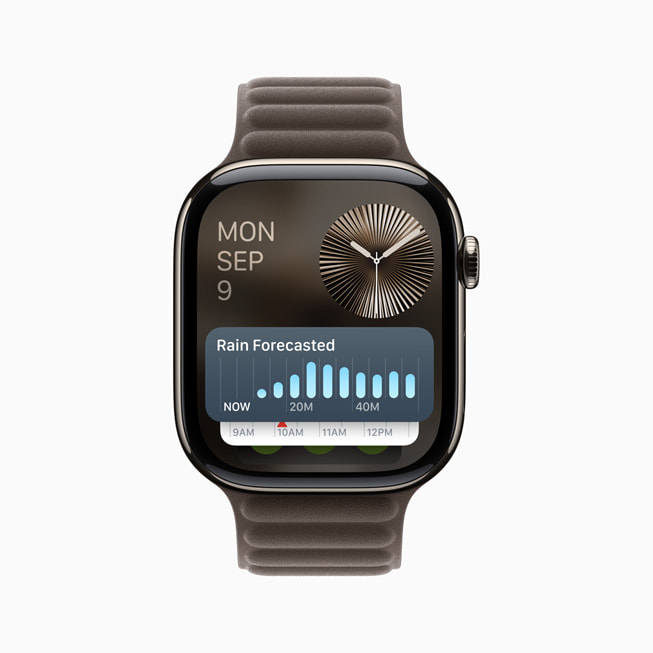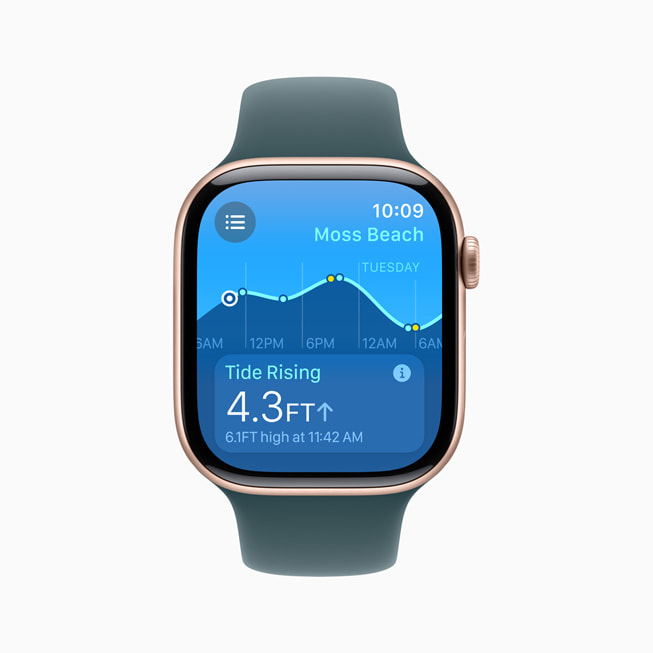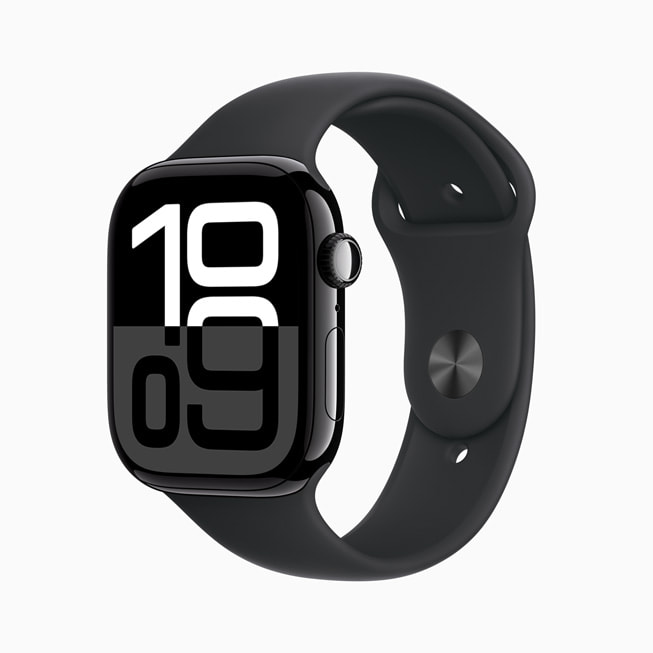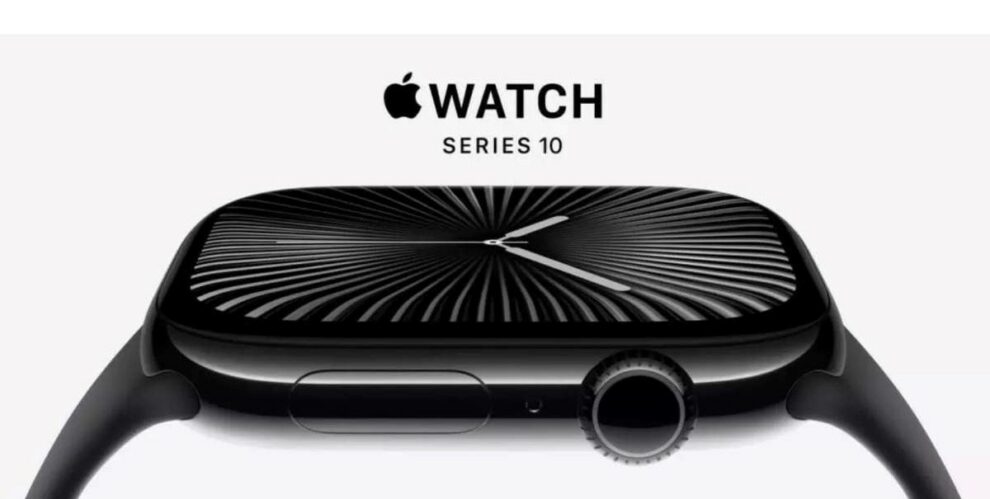Apple’s latest Series 10 Watch has emerged as more than just a premium smartwatch, establishing itself as an increasingly sophisticated health monitoring device. The new iteration, while maintaining its position as the market leader in smartwatch technology, demonstrates Apple’s growing commitment to healthcare functionality through advanced medical monitoring capabilities.
Released in fall 2024, the Series 10 introduces groundbreaking features that blur the line between consumer electronics and medical devices, most notably the ability to detect sleep apnea. This new capability monitors users’ breathing patterns during sleep over a 30-day period, providing detailed assessments that can help identify potential sleep disorders requiring medical attention.

The device’s expanding health monitoring capabilities build upon an already impressive foundation of features, including heart rate monitoring, ECG readings, sleep tracking, and activity measurements. All these data points are seamlessly integrated into Apple’s Health app, which has evolved into a comprehensive platform for personal health information management.
Perhaps most significantly, the Apple Watch has already proven its worth as an unofficial medical device for individuals managing chronic conditions. For instance, Type 1 diabetes patients can now connect FDA-approved Dexcom blood-glucose sensors directly to their Watch, enabling real-time monitoring of blood sugar levels right from their wrist. This integration represents a significant advancement in chronic disease management, transforming the device from a convenience into an essential health tool.
Looking ahead, Apple is reportedly developing even more advanced health monitoring capabilities for future iterations, including blood pressure monitoring and blood glucose readings. These additions could further cement the Watch’s position as a crucial health management tool, particularly for individuals with chronic conditions requiring constant monitoring.

However, it’s important to note that despite its growing medical capabilities, the Apple Watch currently cannot be marketed as a medical device due to FDA regulations. This limitation requires Apple to position the device as a lifestyle and wellness tool rather than a medical treatment device, even though many users are already relying on it for health management purposes.
The Series 10’s physical design has also seen improvements, featuring a larger and brighter display while maintaining a slimmer profile than its predecessors. These refinements enhance the device’s usability while maintaining its aesthetic appeal, demonstrating Apple’s commitment to both form and function.
Priced starting at $400, the Series 10 represents a significant investment, but one that increasingly justifies itself through its expanding utility. The device’s evolution from a simple smartphone companion to a sophisticated health monitoring tool suggests a future where wearable technology plays an increasingly central role in personal healthcare management.

Industry observers speculate that Apple may eventually seek FDA approval for premium versions of the Watch, potentially allowing it to be prescribed by doctors for medical monitoring purposes. Such a development could revolutionize how chronic conditions are managed, providing healthcare providers with continuous, real-time patient data while giving patients themselves more immediate insight into their health status.
The sleep apnea detection feature exemplifies the Watch’s growing sophistication in health monitoring. After collecting 30 days of respiratory data during sleep, the device can assess the likelihood of sleep apnea and recommend professional medical evaluation if necessary. While not a diagnostic tool, this capability demonstrates how consumer technology can serve as an early warning system for potential health issues.
The integration with Apple’s Health app creates a comprehensive health monitoring ecosystem, allowing users to track multiple health metrics over time and share this information with healthcare providers. This data aggregation capability could prove increasingly valuable as healthcare continues to move toward more personalized and preventative approaches.
As wearable technology continues to evolve, the Apple Watch Series 10 stands as a prime example of how consumer devices can contribute to personal health management while maintaining their appeal as lifestyle accessories. Its success in bridging this gap may well influence the future development of wearable technology across the industry, potentially leading to a new generation of devices that serve both as consumer electronics and health monitoring tools.
This latest iteration of the Apple Watch suggests a future where the distinction between consumer electronics and medical devices becomes increasingly blurred, promising new possibilities for personal health management and preventative care.
















Add Comment